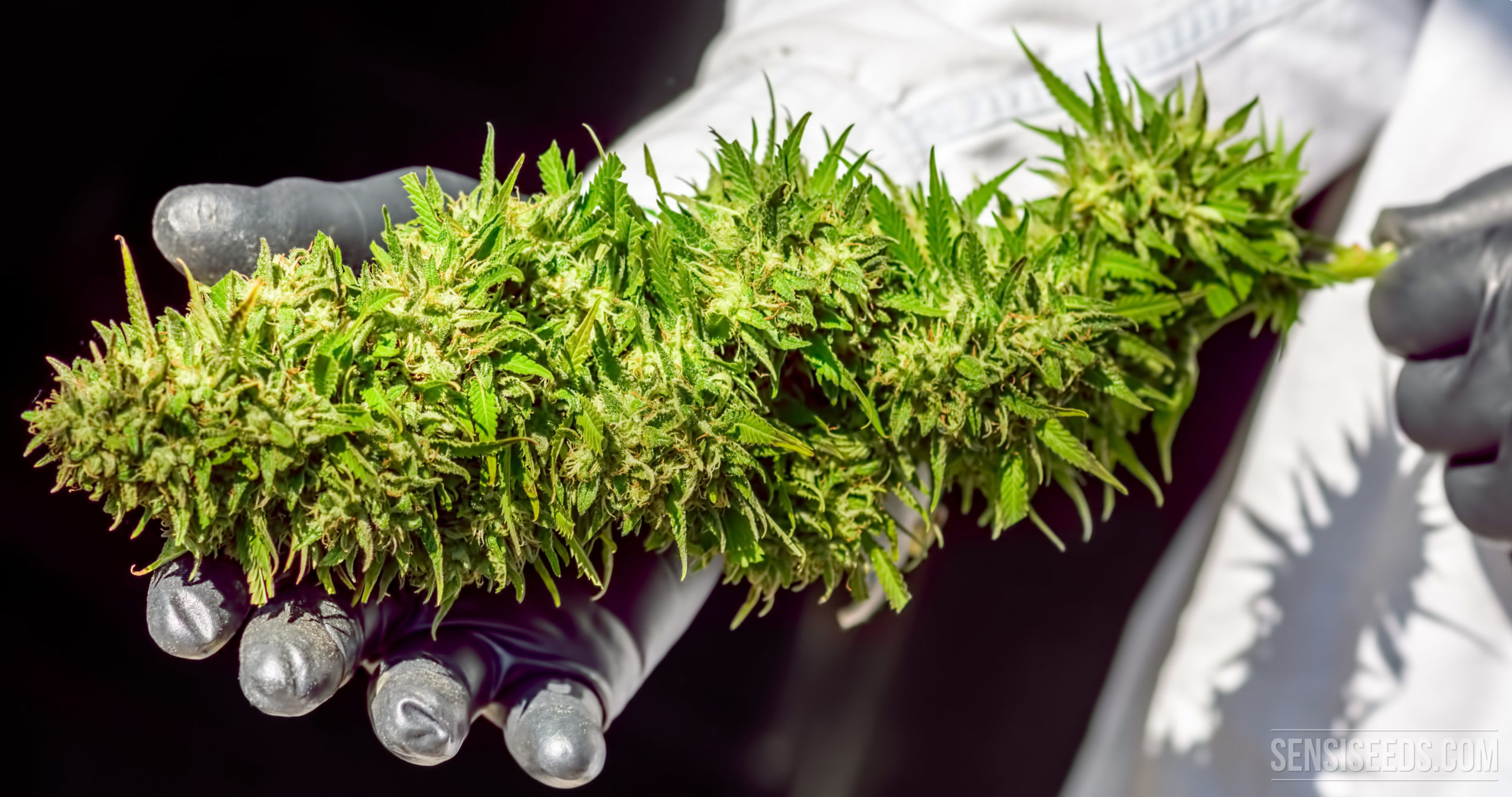
How a Grow Tent Can Boost Weed Yields
While growers argue on subjects such as grow room lights and ventilation systems, one thing is universally agreed upon: having a grow tent is an excellent way to increase overall yields.
This isn’t to say that a grow tent is appropriate for every indoor gardening circumstance, but it does suggest that you should consider using one if it makes sense for your crop. Grow tents help growers stay organized, they make climate management much easier, and they protect your home from damage.
If you think about it and decide that a grow tent is perfect for you, make sure to follow these steps for tips on how to increase your weed output.
Table of Contents
Begin with the Right Genes
There are many variations in cannabis genetics, and a plant’s genes impact many aspects of its buds taste, smell, and look. Genes influence the quantity of THC produced, and selecting the appropriate genes might mean the difference between little nuggets and large, packed buds.
Starting with the right genetics is the key to good yields (or at least one of them). Beginning with a strain recognized for producing higher-than-average outcomes is a fantastic way to get started, so consider high-yielding cultivars like Sour Diesel and Wonder Woman.
Don’t just concentrate on the strain; additionally, consider the breeder. When choosing your seeds and clones, the breeder’s reputation matters; it’s better to buy seeds for growing at home for a high-yielding variety from a breeder you’ve heard of, such as Homegrown Cannabis Co.
Cultivate the Right Number of Plants
This first rule applies regardless of where you cultivate, but it is extremely critical in a grow tent. Because you’re likely to have less space with a tent than you would if you were growing in a room, garage, or basement, choose an acceptable amount of plants and adhere to it.
It’s not a guessing game here. There is a method for selecting the appropriate number of plants based on square footage and strain genetics. The number of plants you grow can affect eventual yields, either positively or negatively.
Many growers find that when using a grow tent, they are better off developing fewer large plants (rather than a higher number of smaller plants) to achieve the same production results. So, please don’t assume that cramming as many plants into a tiny space as possible is the best way to go because it’s typically the reverse.
Selecting the Right Containers
There are many different plant containers to choose from, just as there are many other tents in any grow tent guide like this one. When selecting containers for your plants, consider the size and the type of container.
The most common sort of container is the ordinary plastic pot. These are inexpensive, simple to use, and serve their job. There are, however, air/fabric containers that stimulate faster plant growth by allowing the roots to receive more air. The disadvantage is that they require more frequent watering, which means more effort.
How to Select the Correct Size
After you’ve weighed the benefits and drawbacks of various container types, the next step is to choose the appropriate size. The general rule for most growers is that every 12″ of plant requires 2 gallons of container volume. If you want to grow 1′ plants, you’ll need 2-gallon containers. A 4-gallon container is needed for 2′ plants…
It is usually preferable to utilize too-large containers rather than too-small containers. Larger containers provide more root space, and when the roots have enough room to stretch, the buds have a better chance of reaching their full potential.
“A small root system can only support the photosynthesis of a small canopy, and roots can only grow larger if they have enough energy (sugar) provided by the leaves,” according to the Homegrown Cannabis Co. experts. Allow their roots to expand.
Increase Your Light Intensity When Forming Buds
Light = Food = Energy is a basic equation that most farmers keep in the back of their minds at all times. Plants consume light and use it as Energy to accomplish typical plant processes, just like you eat Food that eventually transforms into Energy.
While the plants are young and developing, you should avoid exposing them to very bright light. However, once the buds begin to form, it is necessary to increase the light intensity so that your plants may use the light as Energy to produce larger buds.
There are several methods for increasing light intensity:
- A larger grow lamp with a higher wattage is available.
- You can move the light closer to the plant canopy (as long as it does not damage the plants).
- Plant training (LST) can increase the amount of light that reaches the buds.
Grow the Plants to the Appropriate Size
A producer’s ability to influence the result of their crop is exceptionally high. You even have some control over the size of the plants, at least in terms of their general appearance, which is a nice feature. In theory, some gardeners believe that it is best to allow plants to grow to their full potential, but this is not always the case in practice.
The presence of an overly large number of plants is a source of grave concern. For starters, they have a propensity to grow near lighting. At this period, the buds suffer, and you will be more likely to harvest buds that are scant in density if you do not take precautions to prevent your plants from being overrun. To avoid this, employ tried and true ways to enhance your yields, such as low-stress training to increase your productivity.
Even experienced growers have problems with container size and light intensity fundamentals, even though this advice appears to be common sense. There are a variety of strategies for enhancing yields in your grow tent, but you should start by focusing on the fundamentals described here.








